"Monty Cristo" here, with the first of an occasional feature I'm syndicating on AICN from my personal film blog, Arthouse Cowboy. The original version of this article can be found here.
Who cares about The Jazz Singer anymore? Does it matter, aside from its place in history, which is mostly due to being the right movie at the right time?
Isn't it just a regressive, racist, and decrepit artifact?
Yes, absolutely hell yes, and in a manner of speaking, I guess so.
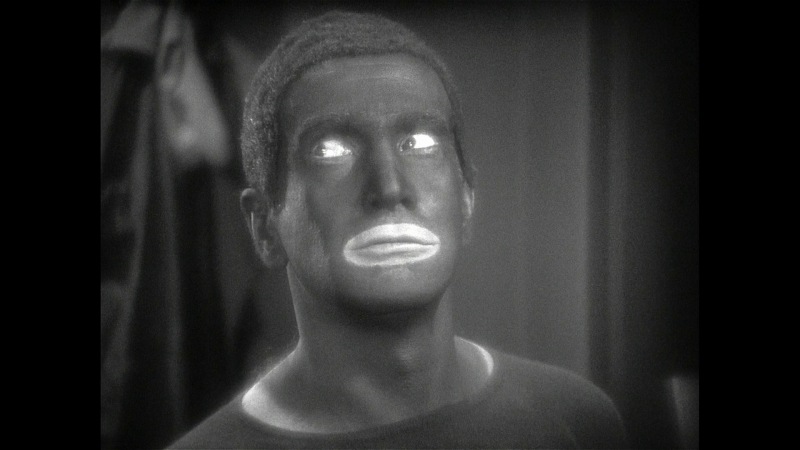
When I got the press release about Jazz Singer's pending Blu-grade, I was more surprised than excited. What money is there for WB in releasing an 85-year-old movie that is more of a crossword puzzle answer than a Great Film?
I'd skipped the three-disc DVD set from a few years ago. The new release duplicates all of the supplements from that set and upgrades all of the Disc 1 stuff to HD.
After digging through it, including a fair portion of the over four hours of Vitaphone shorts on the third disc, I'm kind of ashamed I shrugged when the DVD edition hit. I like to think I'm a student of cinematic technological history, so looking at and reading a lot of this stuff reminded me of how similar an age we're in now as we were almost a century ago. Exhibition tech is completing a major transition (to digital), different frame rates are in the mix, and exhibitors are desperate to keep people coming through the door.
Let's dial back a bit and start with the tech that forever changed cinema back in 1927.
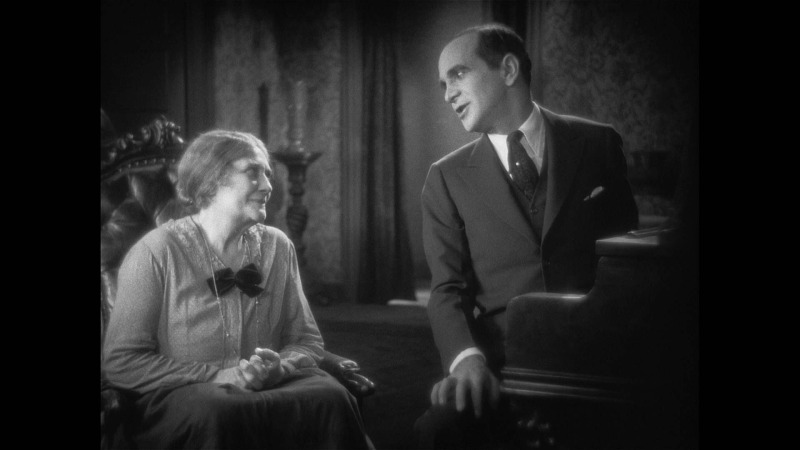
Ye Olde Format Wars
Eventually, sound tracks were physically printed on film, but the Vitaphone process synchronized the movie with a wax audio disc. This is a gross simplification of how it works, but that's the gist of it. Vitaphone was one of various sound-on-film formats that were competing to be the new standard. Format wars are as old as cinema, and Edison versus Lumière.
Warner Bros. had exclusive dibs on Vitaphone, throwing their weight around to make it a success. They picked the sort of winner they needed for the period in which it mattered. Even though they would dump Vitaphone for sound-on-film eventually, they were first out of the gate with a successful release in the form of loads of shorts, culminating with The Jazz Singer.
When it became a sensation, theater owners across the country started wiring their theaters for sound. In their review of Jazz Singer, Life Magazine prophetically included a line about how they could see the end of silent drama films, though they hadn't previously thought it possible.
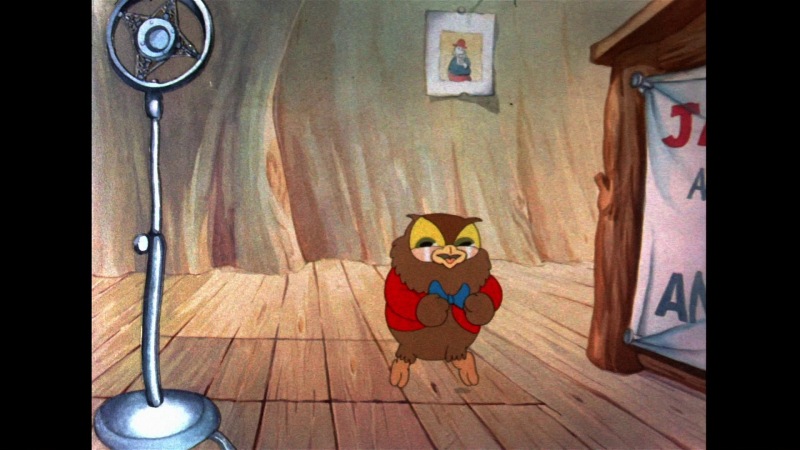
The Story
The plot of The Jazz Singer is a common showbiz story trope assembly: the child of disapproving parents wants to be a big star.
Growing up as an actor and performer, I could relate to some extent. There was a constant emphasis in my home on how I had to get a "real" degree, and a "real" job, and my grades were everything. "Extracurriculars" were tertiary at best in importance. One of my earliest distinct memories of seeing animation is what I credit for corrupting me into thinking entertaining people for a living, or creating things, was within reach.
That animated short is the classic pseudo-parody of The Jazz Singer, I Love to Singa. For most of my life, one of my go-to tunes to hum while I work is the titular song from this short, which finds a little owl desperately wanting to be a jazz singer. When I realized this short was on the Jazz Singer Blu-ray and came in HD, I skipped everything in favor of watching it three or four times back-to-back. This short is cinematic comfort food for me.
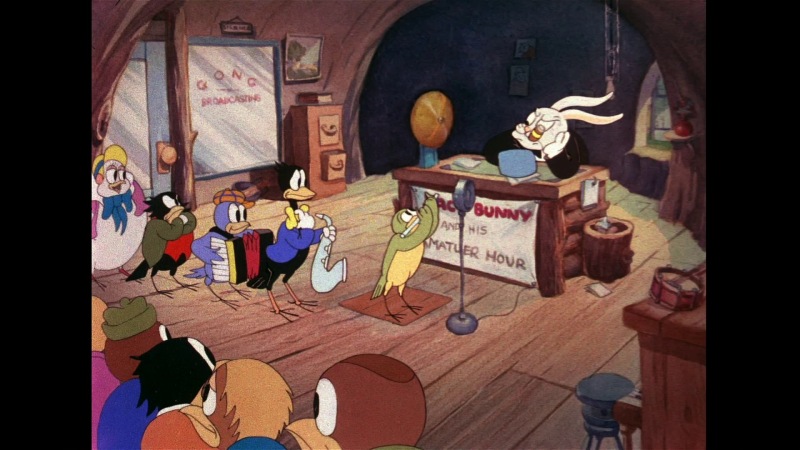
I'm reasonably sure that the way I saw it was on a VHS tape of a few Max Fleischer Superman cartoons. That feels right, since there were few things I watched over and over the way that I did those amazing shorts. My younger brother replayed them all the time too.
The reason I Love to Singa works so well for me and probably others is the same reason that The Jazz Singerwas big over 80 years ago, and why it has been directly remade twice. Underneath the creaky, outdated racial attitudes and storytelling style, the core story beats still strike a chord. They're simple, broad, and as universal as possible. They're why Glee is so successful, since we all know how tremendously unoriginal it is.
The last thing I did with the Jazz Singer set was watch the feature, having opted to watch everything else first instead: the feature-length history of early sound documentary on Disc 2, the HD Vitaphone shorts on Disc 1, and the aforementioned treasure trove of SD shorts that span 1926-1936 on Disc 3. The restored, completely remastered image is very clean and retains a reasonabe, realistic amount of grain. The remastered audio lacks any severe hiss or other unintentional artifacts.
I'd seen the movie in a college film class on tape. This was back when WB was still scared of putting it out on DVD. The biggest surprise of this whole revisitation of it was how enjoyable it was, setting aside the gross racial stereotyping of what was then completely acceptable blackface performance. I generally laugh it off when Cosmo makes fun of it in Singin in the Rain, which I watch multiple times a year. I'm glad we're at a point when the majority of people find it hilarious only because of how far we've come.
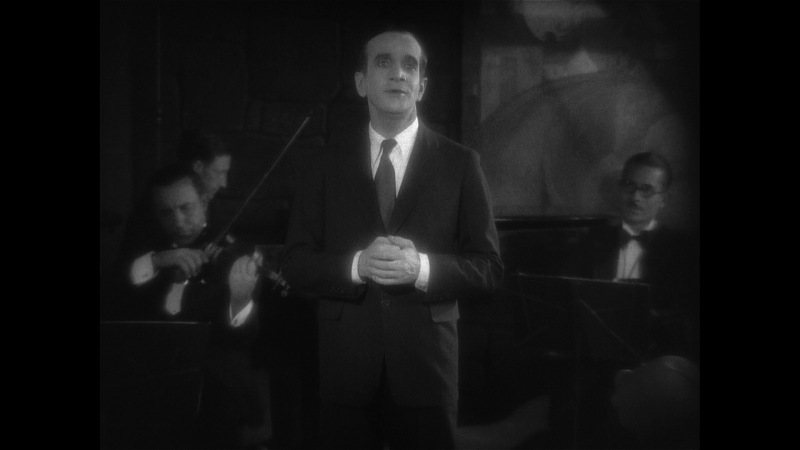
Vitaphone Reborn
The way that various web video outfits are trying to scrape together the right people, content, and tiny budgets to create something compelling, it reminds me of these early studio system days. Albeit at a proportionately much smaller scale, the Vitaphone shorts that were so incredibly popular and profitable were the forerunners of super-popular YouTube channels like EpicMealTime and others. They're leveraging new audio and video compression techniques, cutting edge, cheap, and versatile equipment, and super-compressed production timetables to do the seeming impossible: capture an audience faced with a bunch of competing options.
The most successful YouTubers might make a living at it, but none of them are millionaires. The scale of potential profit and success for short film stars and filmmakers in the 20's versus those working in feature after feature is, I would argue, reasonably comparable to the modern difference between web video versus mass-market feature film and TV.
Anyone trying to actively produce "viral videos" is kidding themselves, since that's like saying "we're going into production on a record-breaking billion-dollar-grossing movie!".
At the same time, anyone creating media content at the top end is nuts to not be doing it consistently at the smaller and cheaper scale to build audience loyalty. That's how WB laid the groundwork for The Jazz Singer. Even though that was nearly 100 years ago...it's a model good enough and successful enough for Pixar. They have continually engaged in short form work, and it unquestionably enriches what they do and makes me like them more, on top of the short-term enjoyment of their shorts.
Maybe there's a lot more to be effectively learned from the "old and busted" or "outdated" stuff than we often think.
The Jazz Singer is now available in a deluxe Blu-ray Book edition from Warner Bros. Amazon currently has it for about $25, which comes out cheaper than the 6-year-old DVD set.
Moisés Chiullan / "Monty Cristo"
@moiseschiu
email
Arthouse Cowboy
Screen Time (movies/media) podcast
Giant Size (comics) podcast
